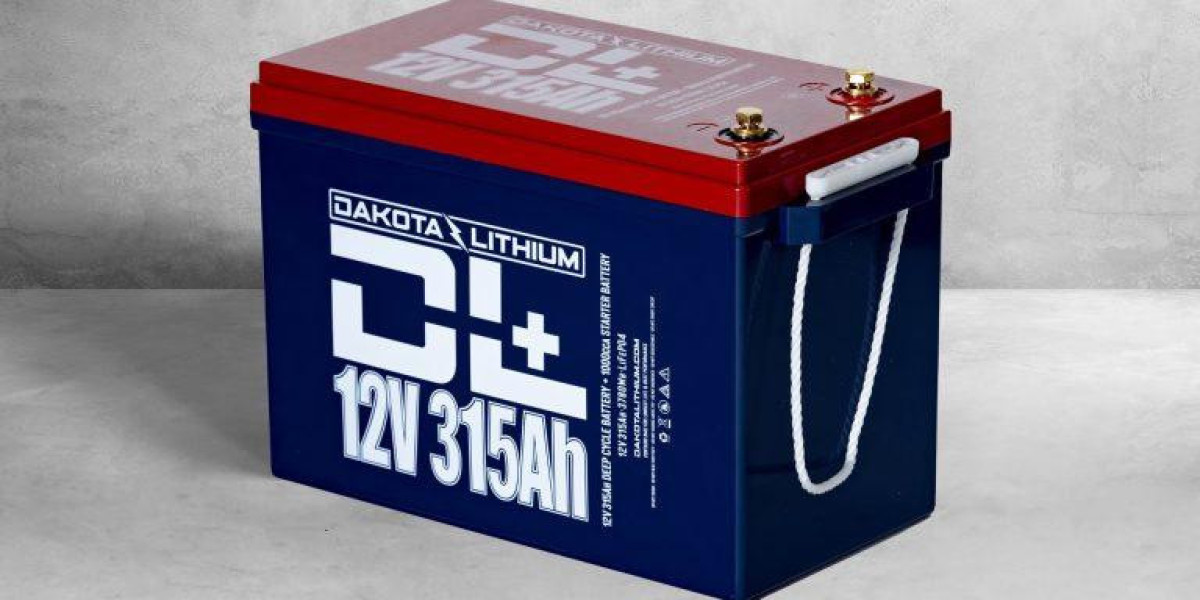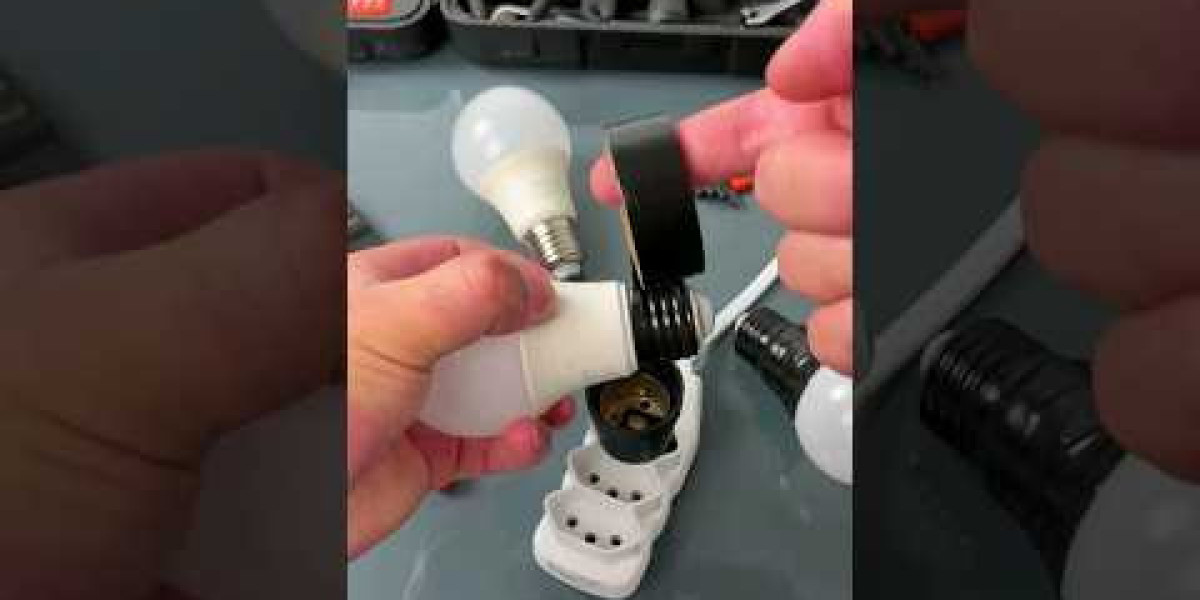The Group 31 battery has been a dependable workhorse for powering various applications for decades. These 12-volt batteries offer a balance of size and power, making them suitable for RVs, boats, golf carts, and even off-grid solar systems. Traditionally, lead-acid batteries have dominated the Group 31 space. However, advancements in lithium-ion technology have introduced a superior alternative: the Dakota Lithium Group 31 battery.
This blog post tackles the question of DIY installation for Group 31 lithium batteries, specifically focusing on Dakota Lithium's offerings. We'll explore the advantages of lithium batteries, delve into the DIY installation process, and help you decide if tackling it yourself is the right choice.
Why Consider Upgrading to a Lithium Battery?
While lead-acid batteries have served us well, they come with limitations. They're heavy, have a shorter lifespan, and require regular maintenance. Lithium batteries, on the other hand, offer a significant leap forward in performance and user experience:
Lighter Weight: One of the most striking benefits is the significantly lighter weight compared to lead-acid counterparts. This translates to numerous advantages: improved fuel efficiency for RVs and boats, easier handling for all applications, and potentially increased payload capacity. For instance, Dakota Lithium's Group 31 battery weighs in at around 32 pounds, a whopping 60% lighter than a comparable lead-acid battery.
Increased Capacity and Usable Power: Don't be fooled by the lighter weight! Lithium batteries pack a bigger punch. Dakota Lithium's Group 31 battery provides twice the usable power compared to a lead-acid battery of the same size. This means you'll have more amp-hours available to run your appliances, trolling motors, or other deep-cycle needs.
Extended Lifespan: Lead-acid batteries typically last around 500 discharge cycles. Lithium batteries, however, boast exceptional lifecycles. Dakota Lithium boasts an impressive 2,000 cycles at 80% depth of discharge. This translates to a battery that lasts up to four times longer, saving you money on replacements in the long run.
Faster Charging: Another advantage is their ability to accept charges much faster than lead-acid batteries. This means less downtime waiting for your battery to recharge, keeping you on the go for longer. Dakota Lithium batteries can be recharged significantly faster, ensuring you spend less time waiting and more time enjoying your adventures.
Maintenance-Free: Unlike lead-acid batteries, which require periodic maintenance like topping off electrolytes, lithium batteries are completely maintenance-free. This saves you time and ensures optimal performance throughout the battery's lifespan. Dakota Lithium's Group 31 battery eliminates the need for regular checking and upkeep.
Can You DIY a Group 31 Lithium Battery Installation?
With the numerous advantages of lithium batteries, you might be tempted to tackle the installation yourself, especially if you're comfortable with DIY projects. Here's a breakdown of the DIY installation process for a Group 31 lithium battery:
Safety First: Lithium batteries require careful handling. Familiarize yourself with the safety precautions outlined by the manufacturer, including proper handling techniques, tools required, and potential hazards. Dakota Lithium provides comprehensive safety information and resources on their website.
Gather Your Tools and Materials: You'll need basic tools like wrenches, screwdrivers, wire cutters/strippers, and potentially a torque wrench. Additionally, ensure you have compatible cables and connectors for your specific application. Dakota Lithium may offer installation kits that include these components.
Removal of the Old Battery: Carefully disconnect the negative terminal first, followed by the positive terminal. Secure the cables to prevent accidental contact. Safely remove the old battery, following proper disposal guidelines for lead-acid batteries.
Preparation and Installation of the New Battery: Position the new Dakota Lithium battery in the designated space, ensuring proper fit and alignment. Connect the positive terminal first, followed by the negative terminal, tightening to the recommended torque specifications. Double-check all connections for security.
Testing and System Verification: Reconnect your system and carefully power it on. Verify that all your electrical components are functioning correctly. Consult your vehicle or system's manual for specific testing procedures.
Is DIY Right for You?
While the installation process may seem straightforward, here are some factors to consider before attempting a DIY Group 31 lithium battery installation:
Comfort Level: If you're comfortable working with electrical systems and following detailed instructions, a DIY installation might be feasible. However, if you have any reservations or lack experience, consider seeking professional help.
Safety Concerns: Lithium batteries require proper handling and installation to minimize risks. If you're unsure about safety protocols or have concerns about handling lithium batteries, err on the side of caution and seek professional installation.
Warranty Considerations: Some Dakota Lithium battery warranties might require certified professional installation to maintain validity. Check the warranty details of your specific battery model before proceeding with a DIY installation.
System Complexity: For complex electrical systems, particularly in RVs or boats with intricate wiring configurations, professional installation is highly recommended. A qualified technician can ensure proper integration with your existing system and avoid potential electrical issues.
The Benefits of Professional Installation
While the cost of professional installation adds to the overall expense, there are significant benefits to consider:
Peace of Mind: Qualified technicians have the experience and expertise to ensure a safe and proper installation, giving you peace of mind knowing your system is functioning optimally.
Warranty Protection: Professional installation by a certified technician can help uphold your Dakota Lithium battery warranty.
System Expertise: Professionals can handle complex electrical systems and integrations, ensuring compatibility and avoiding potential problems.
Time-Saving: If you're unfamiliar with electrical systems, professional installation can save you significant time and frustration.
The Final Decision: DIY or Professional?
Ultimately, the decision to DIY a Group 31 lithium battery installation depends on your comfort level, experience, and the complexity of your system. If you're confident in your abilities and have a relatively simple system, a DIY approach might be suitable. However, for those with any reservations, complex systems, or concerns about safety, professional installation is the recommended route.
Additional Tips for a Successful Lithium Battery Installation (DIY or Professional)
Consult the Dakota Lithium Battery Manual: Thoroughly read and understand the specific installation instructions and safety precautions outlined in the Dakota Lithium lifepo4 battery manual for your model.
Double-Check Everything: Before powering on your system, meticulously check all connections for tightness and proper polarity.
Use High-Quality Materials: Invest in high-quality cables, connectors, and any additional hardware recommended by Dakota Lithium or a qualified technician.
Label Your Cables: Especially for complex systems, consider labeling your cables for easier identification and future maintenance.
Conclusion
Upgrading to a Dakota Lithium Group 31 battery can significantly enhance the performance and lifespan of your RV, boat, golf cart, or off-grid solar system. Whether you choose a DIY or professional installation approach, prioritize safety and ensure proper procedures are followed. By carefully considering the factors outlined in this blog post, you can make an informed decision and enjoy the numerous benefits of Dakota Lithium's Group 31 lithium battery technology.








